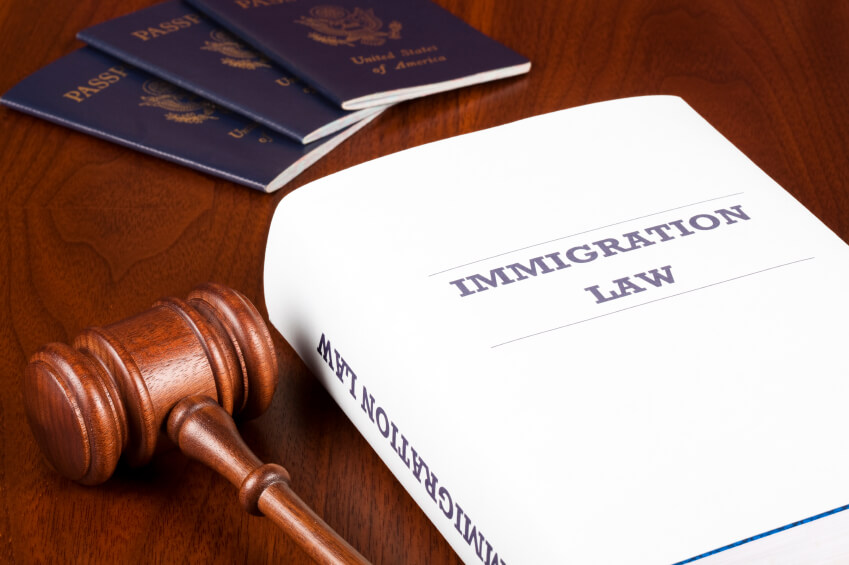EB-5 Regional Center Program: Fast Lane to Permanent Residence

During the first few years, the program failed to attract a large number of investors, so in 1993, Congress amended the law to create the Regional Center Pilot Program. This program, which has been renewed on a number of occasions, and which was recently extended until 2014, permits private and governmental entities within the U.S. to establish regional centers and allows foreign investors who invest $500,000 and create, either directly or indirectly, 10 jobs, to qualify for permanent residence in the U.S. EB-5 investors in regional centers are reserved 3000 visas.
The procedure for all EB-5 cases requires that the investor who has met the requirements of the law submit an Immigrant Petition by Alien Entrepreneur (Form I-526) to the USCIS. Immediately upon approval of the petition, the investor and his immediate family may apply for adjustment of status if they are present in the U.S. in non-immigrant status, or for immigrant visas if they are residing abroad. Similar to marriage cases, an EB-5 investor receives a two-year conditional green card. Prior to the expiration of the two-year period, the investor is required to submit a Petition by Alien Entrepreneur to Remove Conditions (Form I-829) after which the USCIS issues a ten-year green card.
Until recently, less than 1,000 persons per year were granted permanent resident status in the EB-5 category. Yet, despite the low numbers, a 2003 report by the government’s General Accounting Office (GAO) estimated that EB-5 immigrants had invested over one billion dollars in U.S. businesses.
In fiscal year 2009, the number of green cards which were granted under the EB-5 program almost tripled from the year before, from 1,443 to 4,218. Although this was a dramatic increase from previous years, it represents less than half of the 10,000 visas allocated to the EB-5 program annually. We expect a large increase in EB-5 usage in this fiscal year. Why? Compared with most other family-based and employment-based categories, where the backlogs often range from a few years to more than 20 years, those qualifying under the EB-5 category can obtain permanent residence very rapidly.
The number of government-designed regional centers has also expanded recently. A 2007 list published by the USCIS contained 20+ regional centers. The latest list, which was last updated on the USCIS website on January 5, 2010, lists almost 80 regional centers in more than 20 states. Indeed, there are over 20 government-designated regional centers in the State of California alone. We link to the USCIS Chart listing all approved regional centers from our “Green Cards through Investment” page at:
http://www.shusterman.com/investorsusimmigration/
During our present economic downturn, the EB-5 program has created thousand of jobs for U.S. workers in a wide variety of industries. On December 31, 2009, National Public Radio broadcast a segment entitled “Recession Fuels Spike in Foreign Investment Visas”.
Some persons are concerned about whether their I-526 and I-829 petitions will be approved. In the past, the EB-5 program was subject to much controversy, and even to federal lawsuits. In 1998, the federal government suddenly, and without advance notice, changed the rules, making it more difficult for investors to qualify for green cards under the EB-5 program. Four years later, Congress passed legislation to help investors who were victims of the new rules. The legislation provided that implementing regulations were to be issued in 2003. To date, the USCIS has yet to promulgate these regulations.
Despite this checkered history, those who have invested in regional centers during the past few years are gaining permanent residence at a record pace. The USCIS, in a meeting with the American Immigration Lawyers Association held on December 14, 2009, revealed that of the most recent I-526s and I-829s decided by the agency, over 80% had been approved. Some of the regional centers claim that their investors have perfect or near-perfect approval rates.
Investors should not depend on solely upon immigration attorneys to guide them in selecting from among the myriad of approved regional centers. Law school did not train us to evaluate investment opportunities. However, once you have selected a regional center to invest in, let your immigration attorney guide you in complying with applicable immigration laws and procedures.
If you can afford it, the EB-5 Regional Center Program may be your fast lane to a green card.
Client Reviews

Know Their Job Well And Perform It Flawlessly
“Don’t do the mistake we did and try to save few bucks going with nonprofessionals and sole practitioners! It will end up not only costing you much more in the long run, but also putting your status in jeopardy which can have a priceless impact. It is one of the most important steps in your life.”
- Sgt. Danny Lightfoot, Los Angeles, California
Read More Reviews
Zoom Consultations Available!
